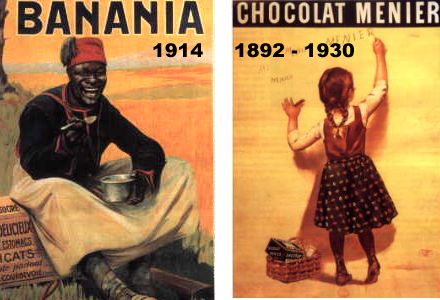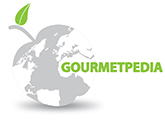 |
All About Chocolate > Cocoa - the saga of chocolate continues: 1778 - 1914
From the grinding machine to the pleasure of tasting
1778 - Chocolate, however, remained a costly luxury. Things did not change until late in the 18th century, when in 1778 the English geologist Joseph Townsend made use of hydraulic power, or steam engine power, to grind cocoa.
1780 - Street corner lemonade sellers began to sell hot chocolate, thanks to the invention of the steam machine in Bayonne. The Netherlands became the cradle of chocolate artisans.
1811 - The engineer Poincelet perfected a prototype "mixer": its principle was adopted throughout Europe.
1819 - François Pelletier invented a machine able to turn cocoa beans into a paste (the "cocoa mass"), which did the work of seven men. Engineers, chocolate makers and business men in various countries developed techniques to facilitate the process of transforming cocoa in its various stages. To carry out the mixing of cocoa and sugar, the Frenchman Antiq developed a system of pestles or pounders and then a mechanical grinder. In 1828 - Van Houten applied for a patent for his powdered cocoa.
About 1839 - the mechanical engineer Hermann adapted machines that he had built for grinding pigments to the process of grinding cocoa. Mélinans, a manufacturer from Lyon, in turn invented a machine in which grinding and mixing could be carried out simultaneously.
1850 - François-Jules Devinck perfected a roasting machine, a mixer and weigher.
1847 - the Fry company of Bristol moulded the first "chocolate bar."
1875 - Appearance of the first milk chocolate with Daniel Peter who married the daughter of a Swiss chocolatier - however, we will have to wait for the American Forrest Mars in order to sample this sweet chocolate in bar form, with the introduction of the "Milky Way."
1879 - Rodolphe Lindt perfected a process called "conching," which breaks up all the large particles and makes the cocoa mass smooth and creamy. It was becoming more and more obvious that the quality of a good chocolate depended on 3 essential elements: cleaning, roasting and grinding in order for the cocoa mass to reach the desired degree of refinement.
Cocoa growing spread to Asia, particularly Malaysia and Indonesia. It was only at the end of the 19th century that it arrived in Africa: Nigeria, Ghana, Cameroon and the Ivory Coast. Here, cocoa was seen as a profitable crop able to supply Europe with its chocolatey pleasures. This spread in cocoa cultivation coincided with a proliferation of small shops where chocolate was beginning to be sold as dragées, candies, etc. Imitations flourished and in 1910 a decree forced producers to list the ingredients of chocolate. In the 90s chocolate created empires. Many brands changed owners and nationality. Industry giants Nestlé, Suchard, Mars, Hershey and Cadbury controlled 60% of the global market.
In the 21st century
Chocolate has become a pleasure, an indulgence and a sweet part of life. It is within everyone's reach.
The ultimate temptation of the epicures's garden
With a smell evoking childhood, sleepy mornings,
The return to school and exam days
Little pleasures in bars, candies, boxes
A companion for solitary sadness
The saga of chocolate continues its smooth sweet conquests

-

 Recipes
Recipes
-

 Products
Products
-

 Entertaining
Entertaining
-

 Chefs
Chefs
-

 Hints & Tips
Hints & Tips
-

 Glossaries
Glossaries








